Orosz: CIAC’s School-of-Choice Dilemma Hurts Vocational Schools
Courtesy of Sacred Heart Academy
The 2022 Class MM girls basketball championship consisted of Sacred Heart Academy beating St. Joseph, 52-50. Both are Catholic schools, and Holy Cross, another Catholic school, won the Class M championship against a public school. Notre Dame-Fairfield beat a public school for the Class L girls basketball championship. The only classes to not feature Catholic schools in these championship games were S, won by Thomaston and LL won by East Hartford.
May 20, 2022
WOODBURY — When was the last time a true vo-ag or vo-tech school won a state championship? In this context, a true vocational school is defined as a school with either a vo-ag or vo-tech program that draws highly dedicated individuals from sending towns who usually aren’t athletes due to their dedication to their trade.
For boys basketball, the last true vocational school to win a state title was Abbott Tech in 1966. However, schools like Trumbull, Southington, and Lyman Hall, which have agriscience programs, win state championships in various sports yearly due to generally having ag kids playing minor roles in their athletics teams.
So how does this work? Vocational schools have won championships recently.
Some schools have smaller or weaker vocational programs like Southington, Trumbull, and Lyman Hall; they have high enrollment but don’t have many student-athletes enrolled in their program. The majority of athletes at these schools are from the town the school would regularly serve.
Other schools, such as Wamogo, Emmett O’Brien and Waterbury Career Academy, don’t have as many athletes due to their vocational programs being such a significant commitment and those students not having athletic priorities due to focusing on their area of interest.
These schools, along with us at Nonnewaug, don’t have the number of athletes coming in from the specialty programs to cause an advantage for us in state tournaments.
So what defines the school of choice for the CIAC?
“A school is defined as a school of choice for a gender if it has 25 or more students enrolled of that gender from outside of its geographical area,” according to the CIAC.
Northwestern, a top program in the Berkshire League, is only listed as a school of choice for girls sports due to its enrollment numbers for ag bringing up the girls population, not the boys. Nonnewaug, however, has a large ag program — around 300 students, with 60% girls and 40% boys — bringing up the population to more than 25 out-of-district students per gender.
The implication is that schools of choice can be forced to move to larger divisions in the state tournament in several sports, such as basketball and soccer.
The school-of-choice criteria was created after Catholic schools such as St. Joseph, Holy Cross and Sacred Heart Academy began dominating many CIAC postseason tournaments. Coaches, players and observers noticed many of Connecticut’s top athletes left their public schools in the name of a Catholic education — and the promise of more competitive athletics.
“I have seen how good players leave a public school and go to a private school,” said Julia Telep, a Trumbull High School ag student and student-athlete from Monroe. “This makes the private schools a great advantage since they recruit students, while the public schools suffer from losing their good players.”
This criteria then had to include vocational schools, which ended up hurting most of the vocational schools while the Catholic schools still continue to dominate the larger divisions of CIAC tournaments.
However, there are times where vocational programs are exploited in the name of better athletics.
“Some students just do ag to play a sport for [Trumbull High],” said Telep. “In this case, out-of-town students go to Trumbull’s ag program just to play for the softball team.”
Telep noted how about 50% of the agriscience students at Trumbull participate in the athletics program — much higher than most schools with ag programs. She also noted how it is not right for athletes to only go to an ag school because it has a strong sports program as the education comes first in the term “student-athlete.”
However, the opposite issue happens for technical schools.
“Football has been difficult,” said Carter Morgan, a member of the Emmett O’Brien football team. “[About] 35-40% of the kids at Emmett play a sport for the school, [but] some can’t grasp the concept of sports and finding a rhythm.”
This is the case for many technical schools that don’t have many students with athletic experience. The result is that ag and tech schools are disproportionately hurt by the school-of-choice distinction as compared to Catholic schools.
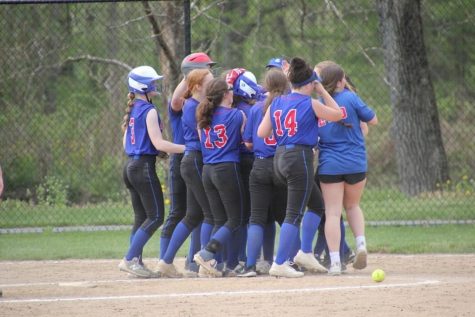
“The CIAC’s goal was to create fairness, but in reality, it has hurt the tech and ag schools,” said Declan Curtin, Nonnewaug athletic director. “It’s been unfair and has been statistically proven.”
Nonnewaug specifically is hurt by the school-of-choice rule. With more than half of the total school population being in the ag program, Nonnewaug qualifies as a school of choice.
But almost all out-of-district ag students choose to attend Nonnewaug because their hometown school doesn’t offer the animal science, plant science, or mechanics programs that are offered here.
The Woodbury FFA is a top chapter in the National FFA Organization, winning national awards and scoring major achievements at Career Development Events, Leadership Development Events, and more.
Some of Nonnewaug’s top athletes sacrifice practice time and even game days to participate in these competitions as it is their career path.
The majority of ag students at NHS don’t even play sports. Many quit sports after freshman year to pursue deeper exploration into ag, and many others never played sports to begin with.
There are some exceptions, however. Six of the nine varsity softball starters this spring are out-of-district students, while all starting nine for varsity baseball are in-district students.
“We do well in athletics, but our feeder system for sports is almost fully Woodbury and Bethlehem [residents],” stated Curtin.
Many team rosters at Nonnewaug are fully in-district, such as boys and girls tennis, boys and girls track, and golf. Some teams, such as baseball, boys and girls soccer, and gymnastics, have mainly in-district athletes for varsity, but the JV teams have multiple out-of-district kids. A few sports, such as softball, swimming, volleyball, and wrestling include many out-of-district students.
“The commitment to ag is a hurdle for athletic participation. [The FFA] is your career opportunity, so it makes it hard with your sports and ag commitments,” added Curtin.
Plus, state championship success in team sports is rare at Nonnewaug, even among the school’s stronger sports. The Chiefs boys soccer program last won a state title in 2002, while the baseball program hasn’t reached a state final since 1999.
Surrounding schools with programs similar to Nonnewaug, like Shepaug and Northwestern, have the same issue.
The school-of-choice rule has been detrimental to many athletes and their communities. While well intentioned, it hurts those who have proven their education is truly what they are at their high school for — not just athletics.
Vo-ag and vo-tech schools need to band together to stand up to the CIAC and demand they look at the statistics. The disproportionate number of state championships for Catholic schools compared to public and vocational schools is not even close. The numbers don’t lie and it only hurts the smaller athletic programs.



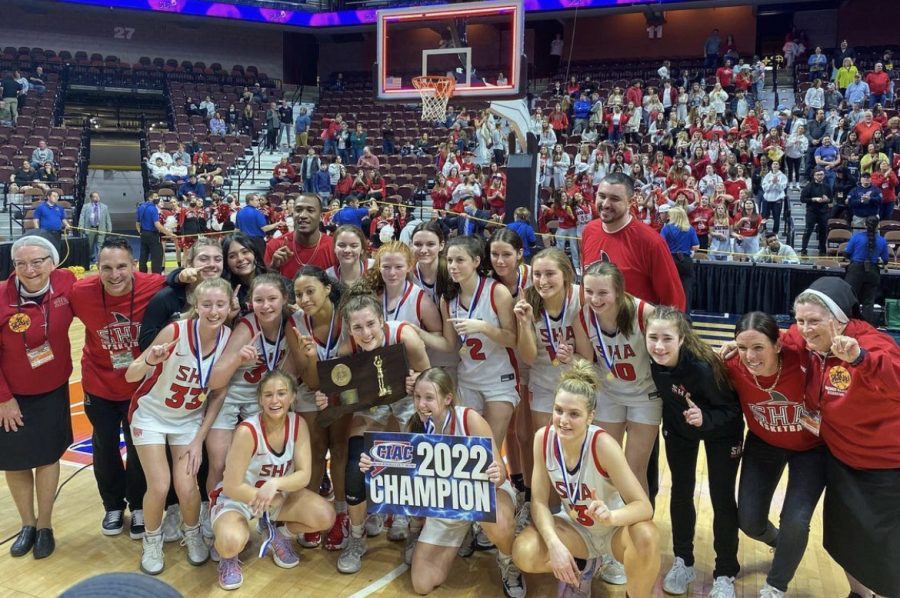
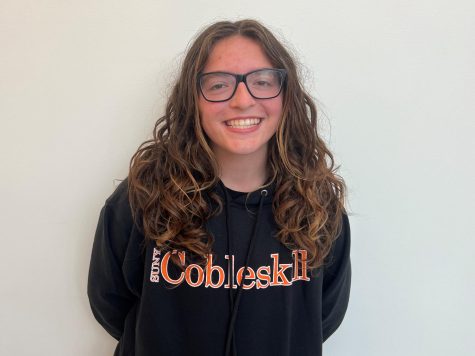

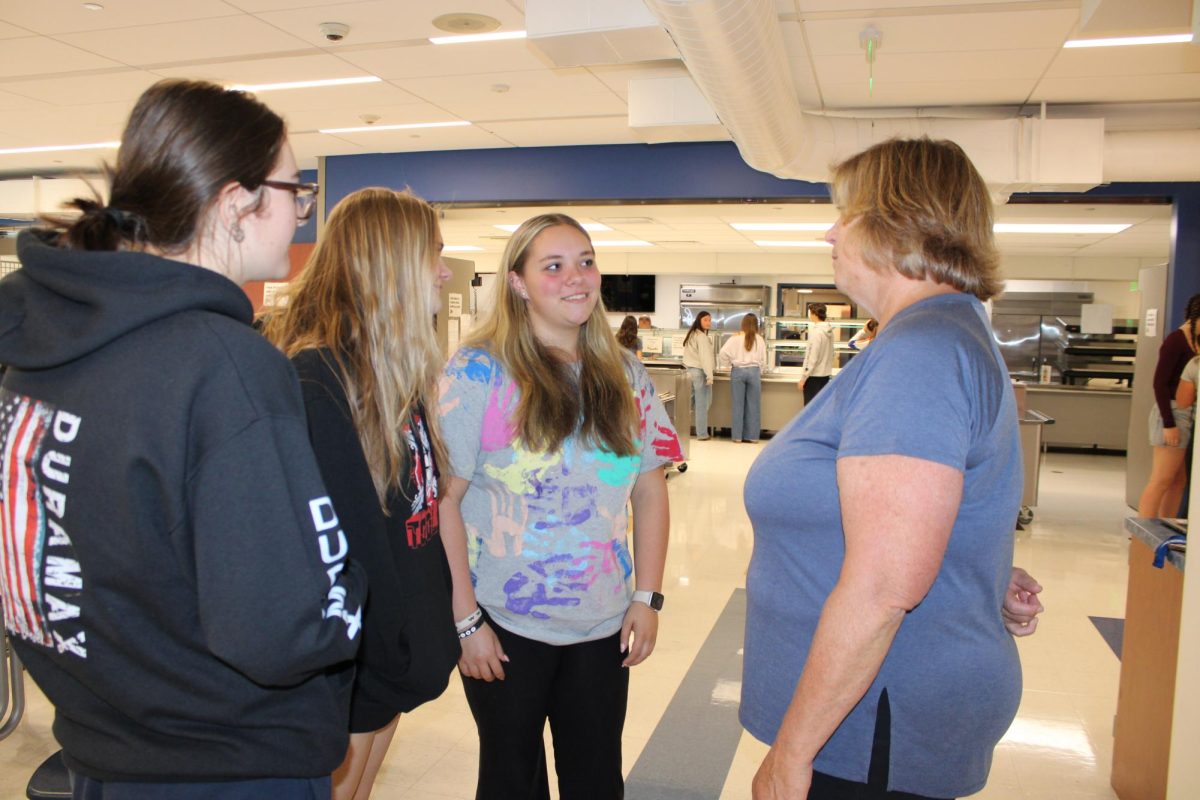

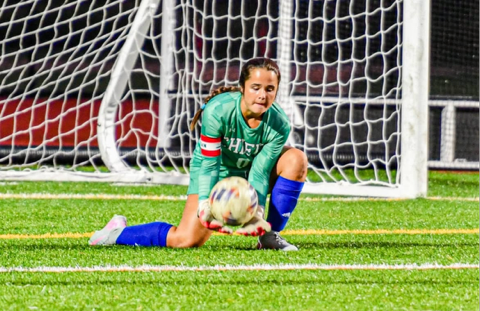

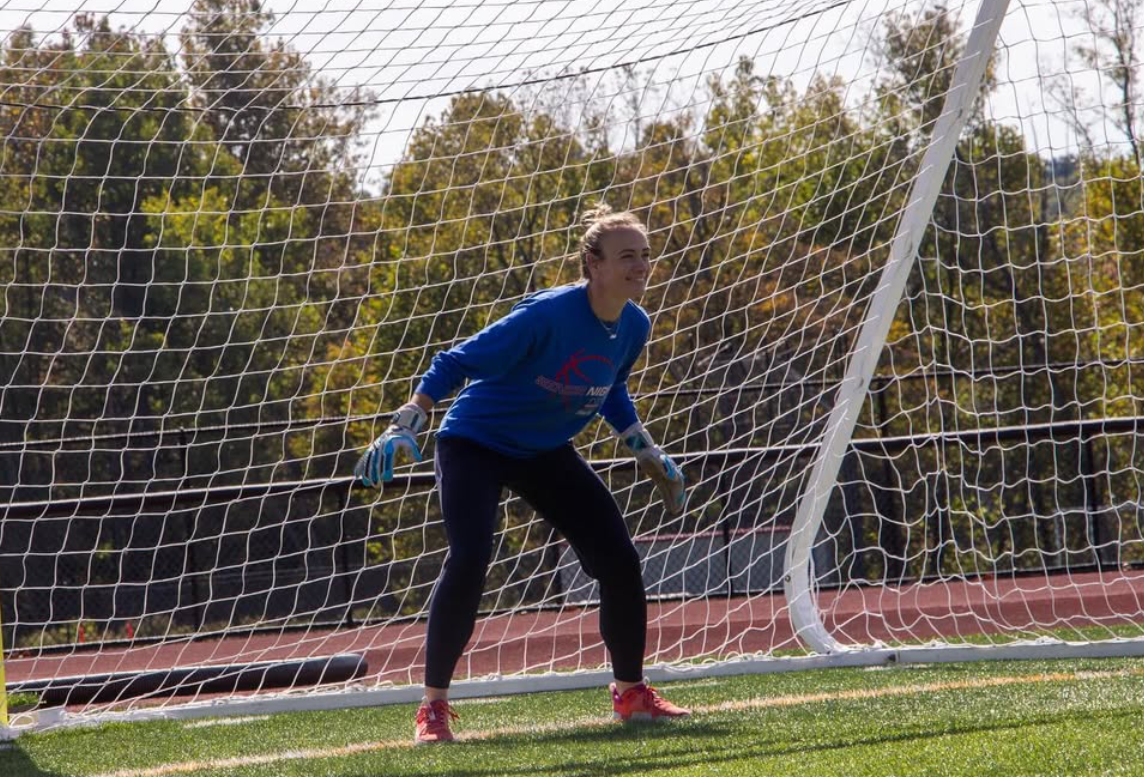

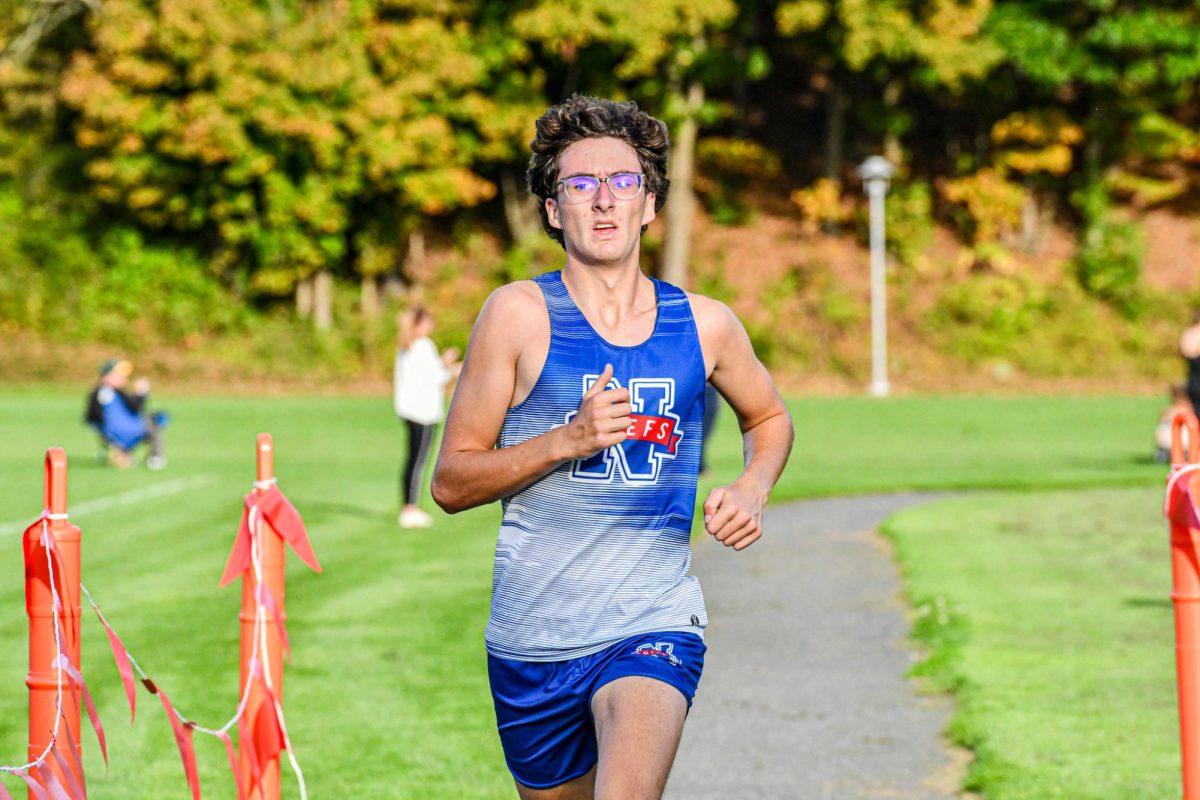
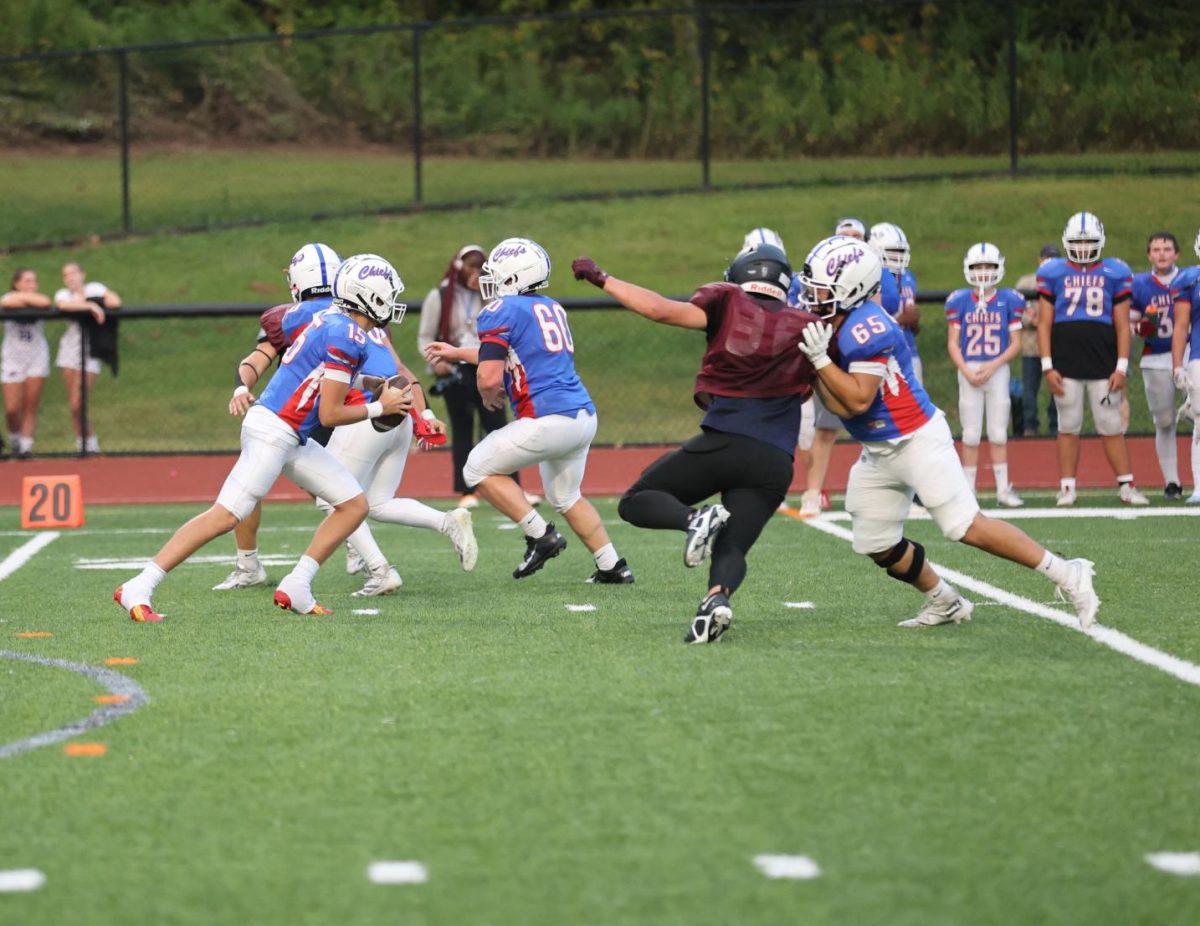
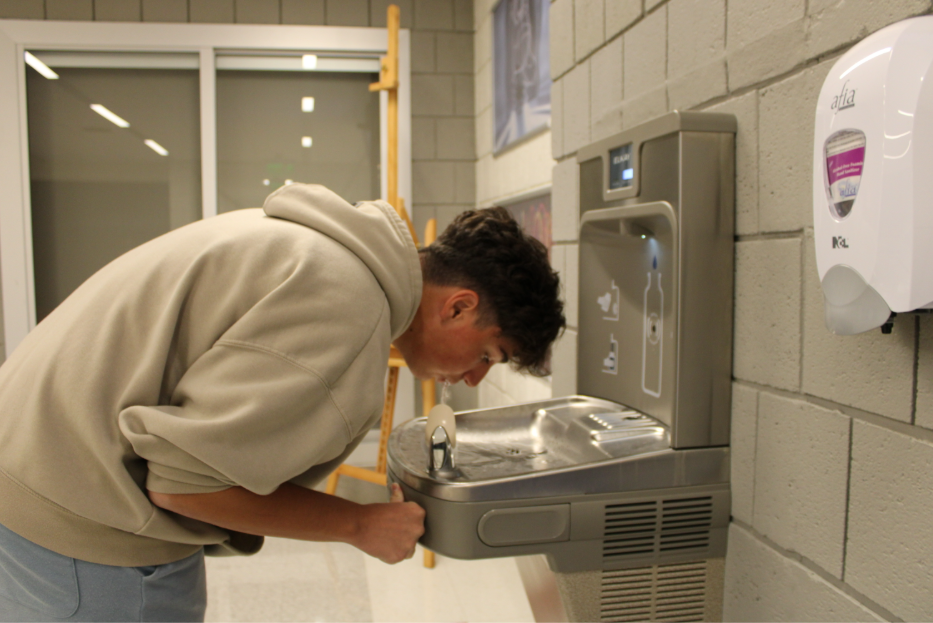


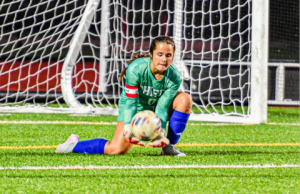


Briana DeGruttola • May 27, 2022 at 7:27 am
You define what “school of choice” is, but never explain how that definition is applied to schools as a rule, and how it is unfair.
Kyle Brennan • May 31, 2022 at 8:04 am
We added the following paragraph to this story to clarify: “The implication is that schools of choice can be forced to move to larger divisions in the state tournament in several sports, such as basketball and soccer.”